From Clay Jars to Oak Barrels: The Ancient Roots of Barrel Making in Mesopotamia
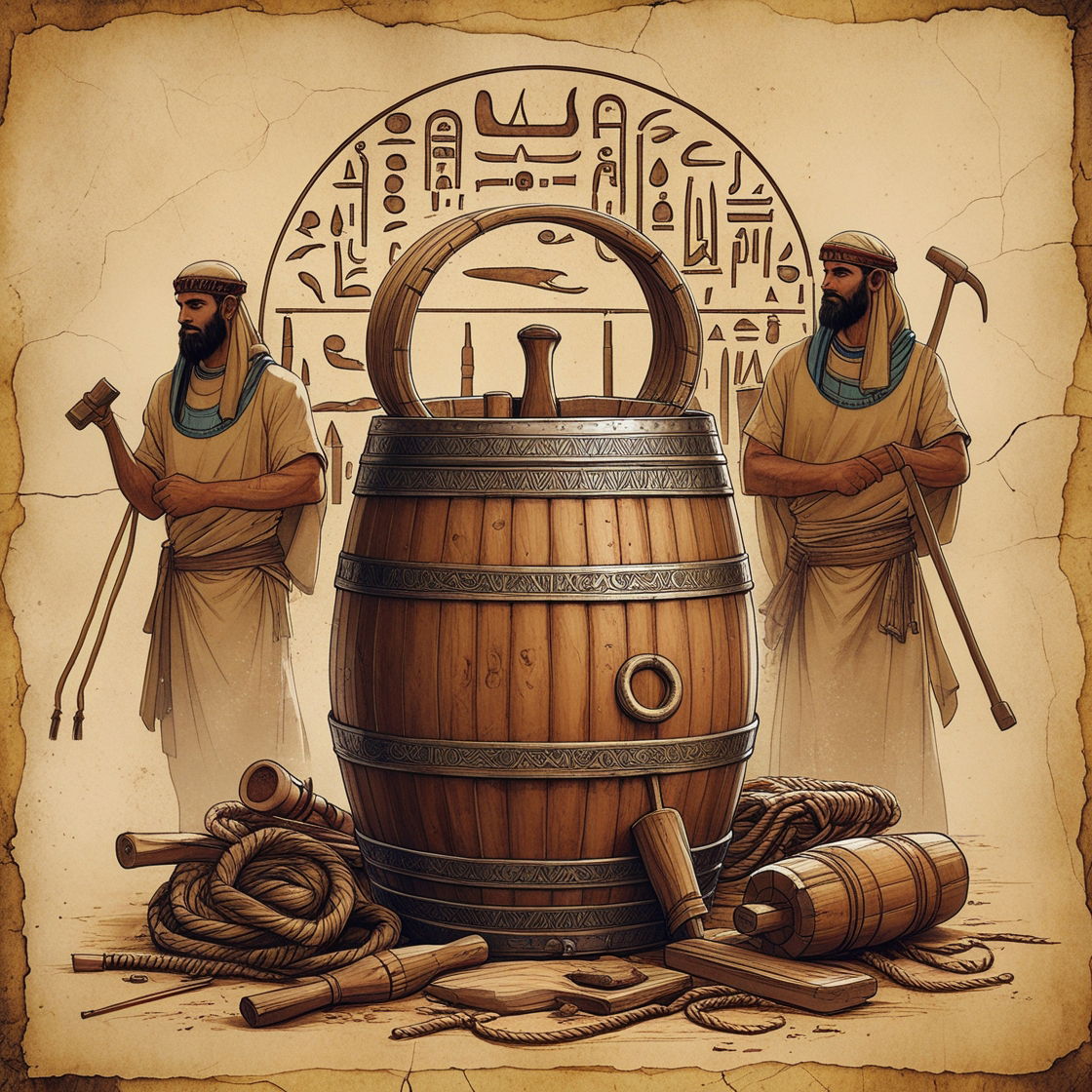
When you picture a barrel today, it’s most likely made of curved oak staves, bound with steel hoops and used to age fine wines or store premium spirits. But the story of barrel making goes far deeper. To truly appreciate the craftsmanship behind barrels, we must travel back thousands of years—back to ancient Mesopotamia, the cradle of civilisation.
Mesopotamia: Where Innovation Began
Situated between the Tigris and Euphrates Rivers in what is now modern-day Iraq, Mesopotamia was home to some of the earliest complex societies—Sumerians, Akkadians, Babylonians and Assyrians. These cultures laid the foundation for writing, law, astronomy and yes—even early methods of storage. In a region marked by seasonal flooding and long dry periods, the safe storage of water, grain, oil and wine was essential for survival. The need for smart storage solutions led to creative innovations that would influence centuries of container design.
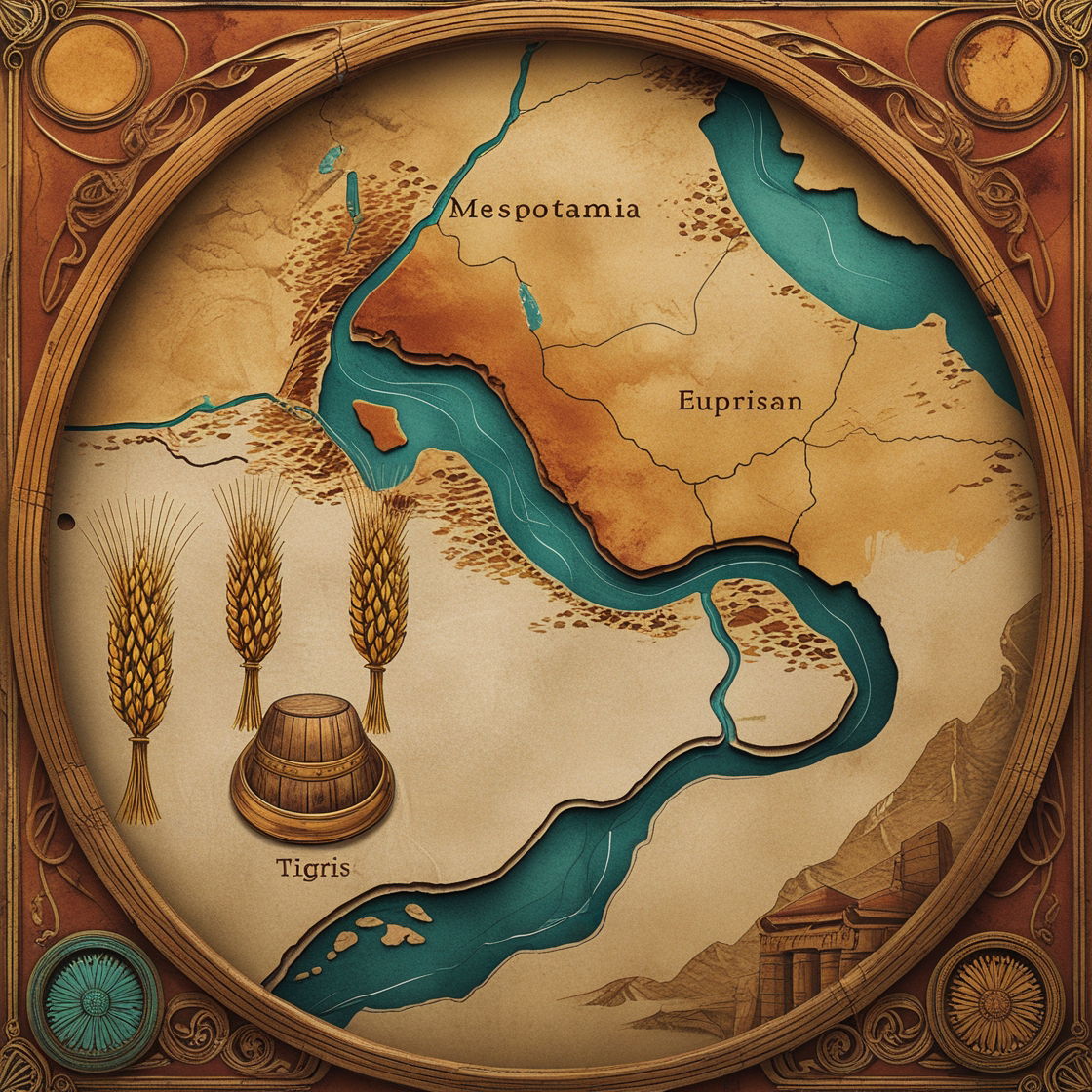
Before Barrels: Clay Jars and Reed Baskets
Before wooden barrels existed, the Mesopotamians used what they had on hand—clay and reeds. Large ceramic jars called pithoi were used for storing wine, water, oil and dry goods. These vessels were often sealed with mud, wax or bitumen (a natural tar) to preserve their contents and prevent leakage. In addition to clay jars, woven reed baskets were lined with bitumen for waterproofing. Though fragile and heavy, these containers were incredibly effective and widely used across homes, temples and trade centres.
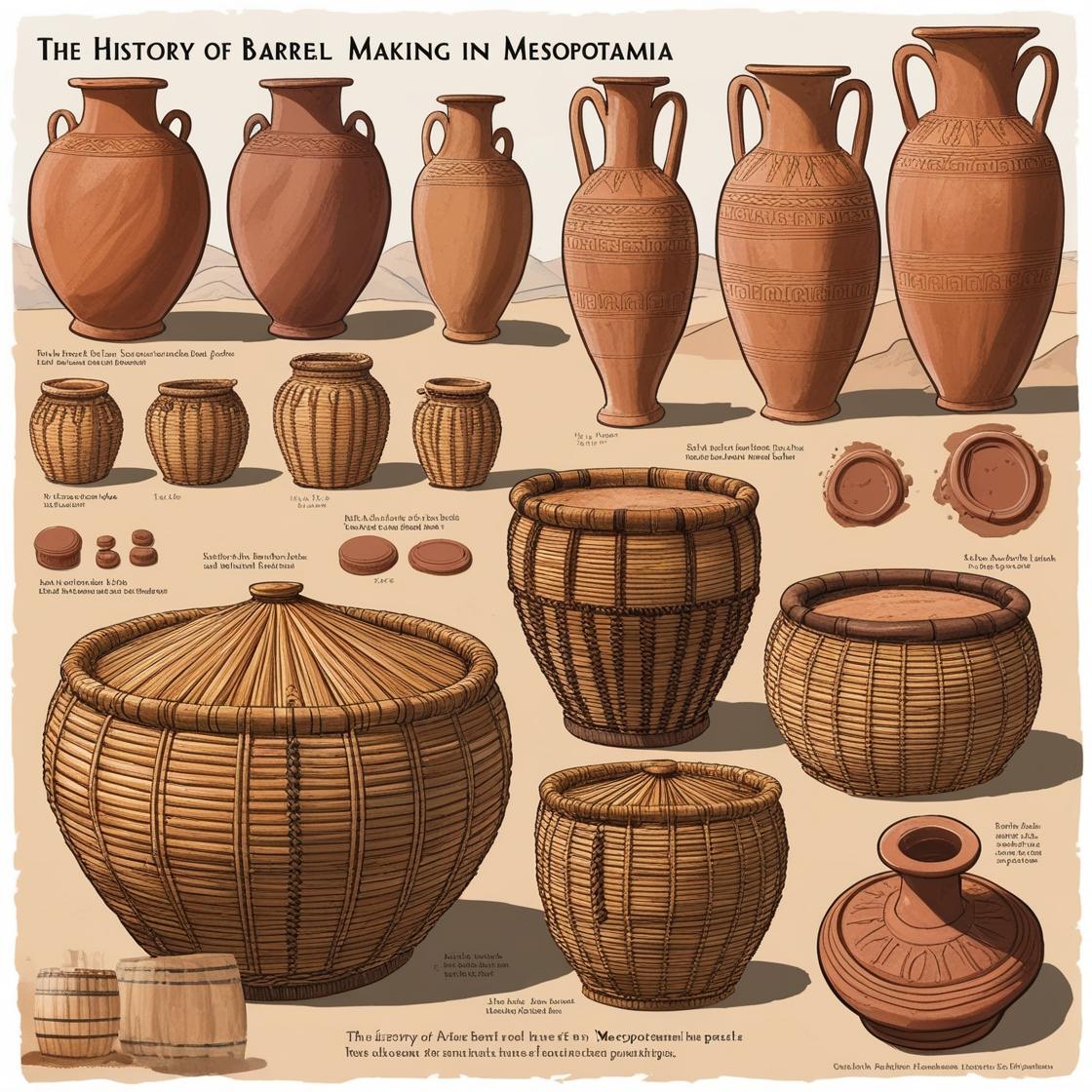
Early Wooden Vessels: A First Step Toward the Barrel
Although Mesopotamia was not rich in forests, the use of imported wood allowed for the creation of primitive wooden containers. These early vessels didn’t resemble today’s curved barrels—they were often box-like or cylindrical shapes, reinforced with rope or hide instead of metal hoops. These rudimentary containers marked the first step in wooden storage development, although they were likely used more for dry goods than liquids due to the difficulty of achieving a watertight seal without advanced coopering techniques.
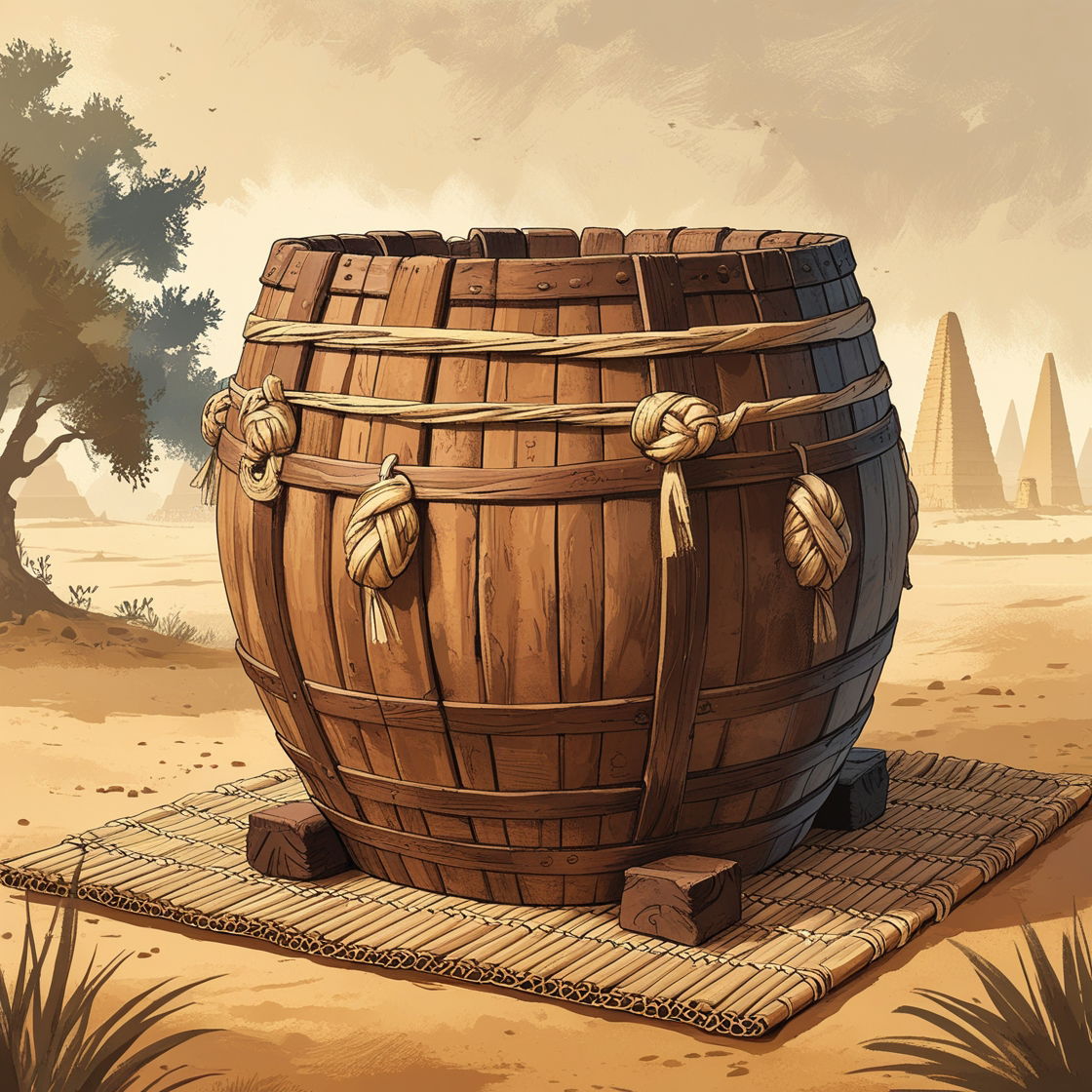
The Role of Trade in Shaping Storage Technology
As Mesopotamian trade expanded—reaching the Indus Valley, Egypt and beyond—the need for durable, portable storage grew. Heavy clay jars were impractical for long-distance travel, and fragile containers could result in costly losses.This challenge sparked innovations not only in container materials but also in design. While the Mesopotamians didn’t invent the modern barrel, their influence was significant. Their problem-solving spirit laid the groundwork for what would eventually become one of the most iconic storage tools in human history.

The Birth of the Barrel (Thanks, Celts!)
It wasn’t until around 350 BCE that the Celts in Europe developed the wooden barrel design we know today—curved oak staves, shaped by fire and bound with metal hoops. These barrels were strong, watertight and could be rolled, making them perfect for transporting liquids.Still, the concept of portable, reusable storage was not new. It was an evolution of ideas that began much earlier in places like Mesopotamia, where necessity sparked invention.
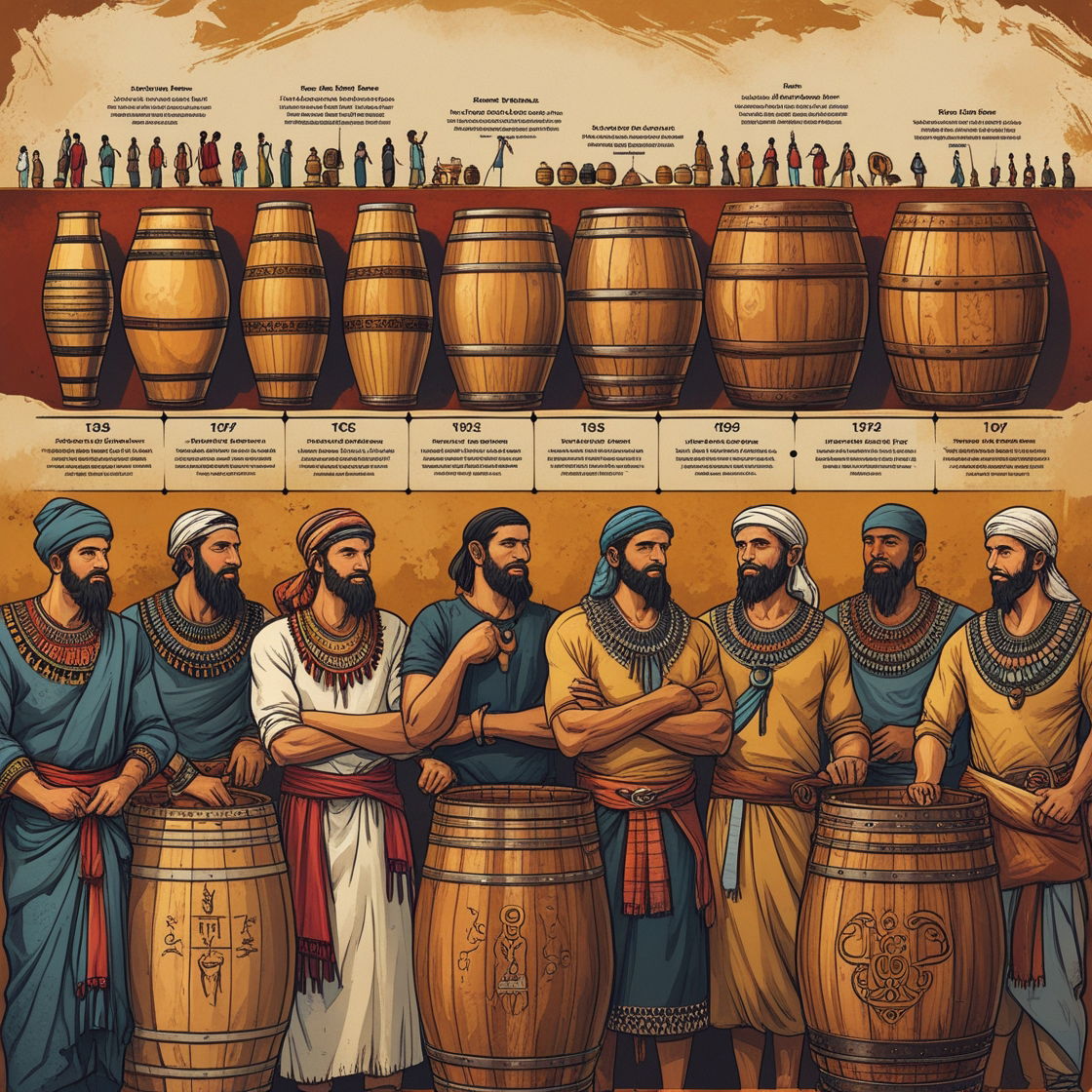
A Toast to Ancient Wisdom
The next time you enjoy a glass of barrel-aged wine or admire the craftsmanship of a finely made cask, take a moment to appreciate its deep historical roots. The journey from clay jars in ancient Mesopotamia to the oak barrels of today is a testament to human ingenuity, adaptability and our timeless desire to preserve what we value most.
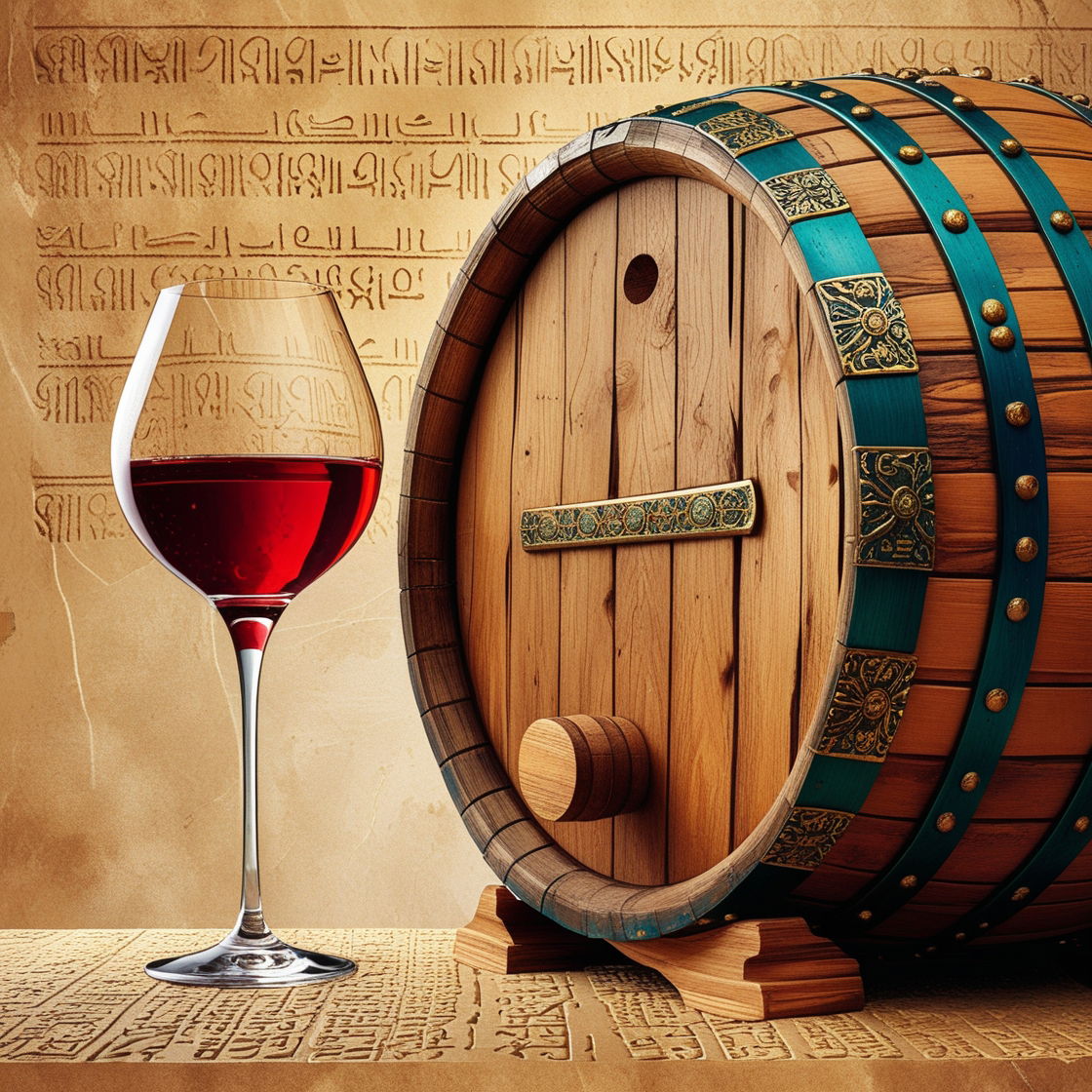
BARRIQUE SA


